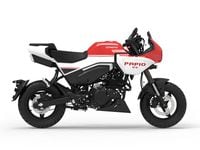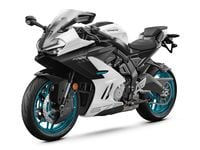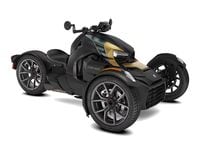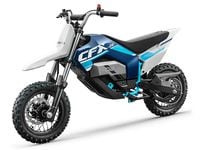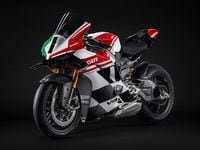MV Agusta recently invited various members of the press to Willow Springs International Raceway and offered us a chance to test the electronic software updates on its F4RR and F3 675. Introduced as a cost-free update that all MV owners will have access to (MV owners only need to go to a dealer and have the update installed), this new software is designed to offer an overall smoother actuation on all rider-aid fronts in addition to a more controllable throttle delivery.
The updates center primarily around what MV refers to as the “strategy for intervention” or on the algorithm that the Eldor ECU operates around. “The new algorithm is much less cumbersome, and so it’s a lot faster,” MV Agusta’s Brian Gillen explains. More to the point, the system can make the same changes as before but in less time, so the connection between the throttle and the engine is more direct and intuitive. The revisions come after years of fine-tuning and are a result of the manufacturer’s close relationship with Eldor, whose MVbased motorcycle system was the first that it had launched for a bike. Previously, Eldor was an electronics supplier for cars like Ferrari and Lamborghini, but the dynamic of four-wheel systems is undoubtedly different than it is with two-wheel systems.
One of the things about the MV Agusta F4 is that the motor is so god-awful fast you either needed to have a surgeon-like touch to manage that power or good electronics, and unfortunately we previously had neither of these things to rely on. But now with the traction control turned all the way up to level 3 or 4, you can ride without the system reining in too drastically. And that’s saying a lot considering that with the old system, TC level 1 was so abrupt it’d slow our lap times by more than a second at Chuckwalla Valley Raceway during back-to-back comparisons. Lower the traction control level and things feel even less restrictive, though we did notice that the F4’s traction control doesn’t feel as consistent as some of today’s top rider aids. Intervention feels heavily dependent on lean angle (the F4 uses a gyro in addition to front and rear wheel speed sensors), meaning that when you pick the bike up or push it down on its side, the traction control system reacts suddenly.
We played also with the bike’s Gas Sensitivity setting in an attempt to smooth the on/off throttle transition, and here too there’s a small bump in performance. Suddenly the F4 becomes rideable, and no longer do you feel like you should’ve signed a waiver just to throw a leg over it. Overall action isn’t RSV4 APRC good, mostly because it seems to react rather than predict incidents, but it’s noticeably better than it was before.
Same goes for the F3 675 that we rode with the most current software; traction control cuts feel more refined, and the overall intervention time feels shorter, which makes the system less of a sacrifice when it comes to lap times. The engine braking program feels better too and the bike doesn’t feel as out of your hands when trying to get into the corner, a result of the butterfly angle being reduced under decel. And while the throttle tube still has a very light pull that makes it harder for the rider to manage, MV says it’ll be upgrading to a stiffer return spring by the time you read this.
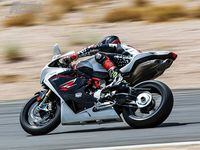

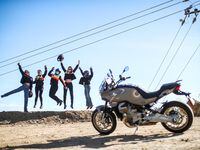
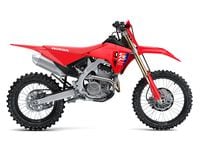
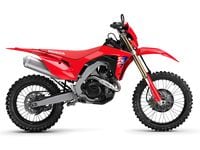
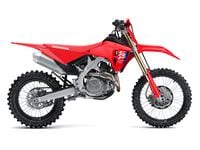
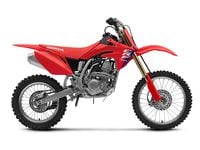
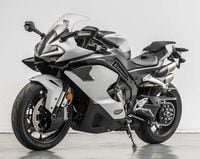
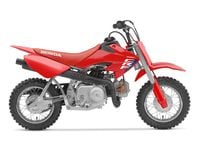
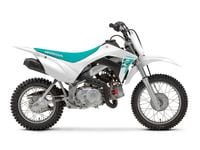

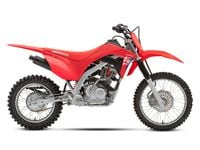
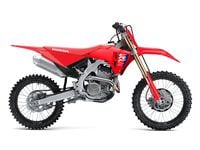
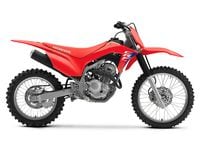
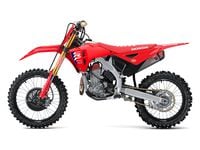

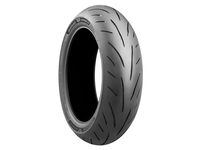
/cloudfront-us-east-1.images.arcpublishing.com/octane/E3MSMGH27ZG7DIOXLEBZDI73RU.jpg)


